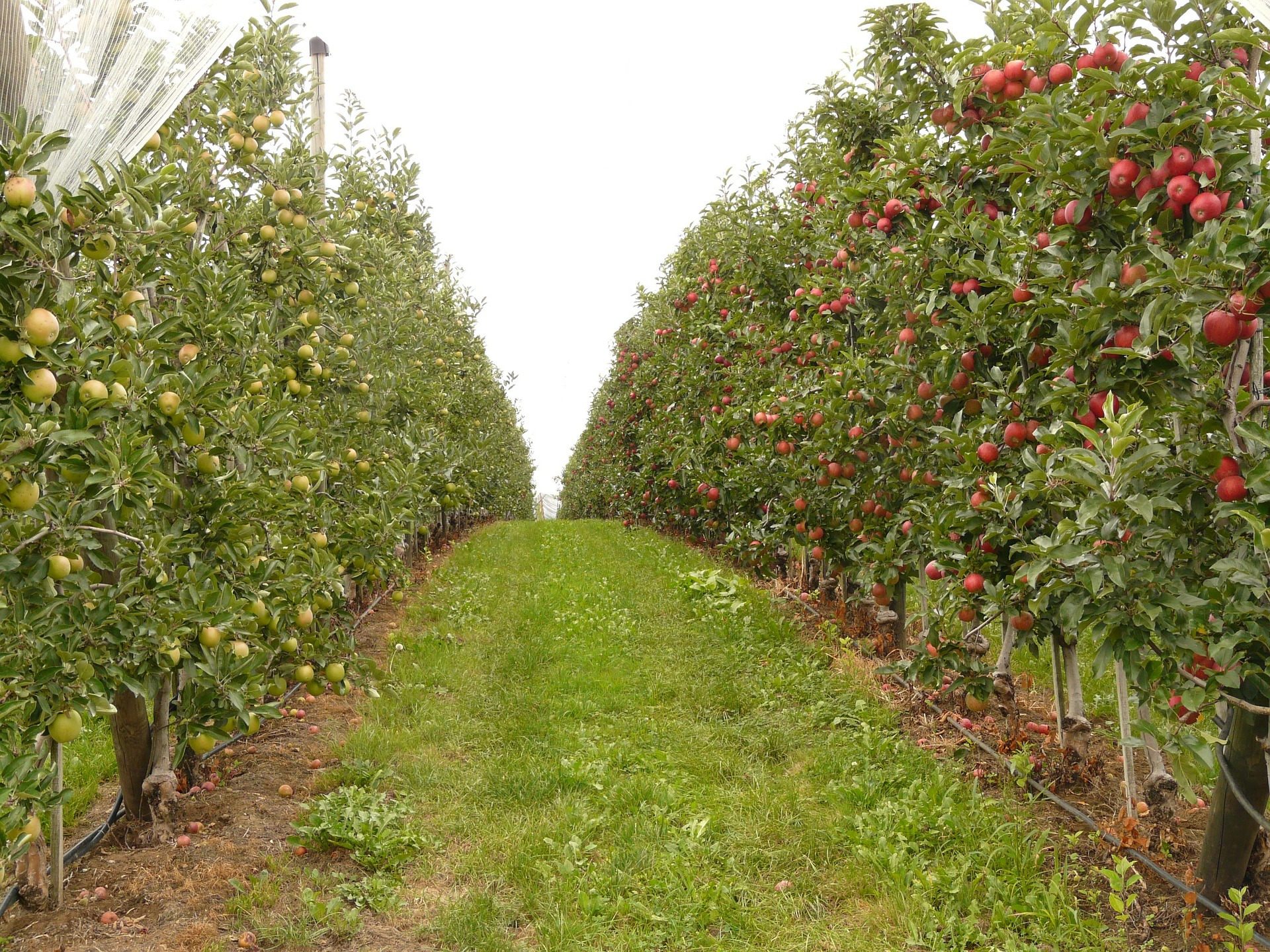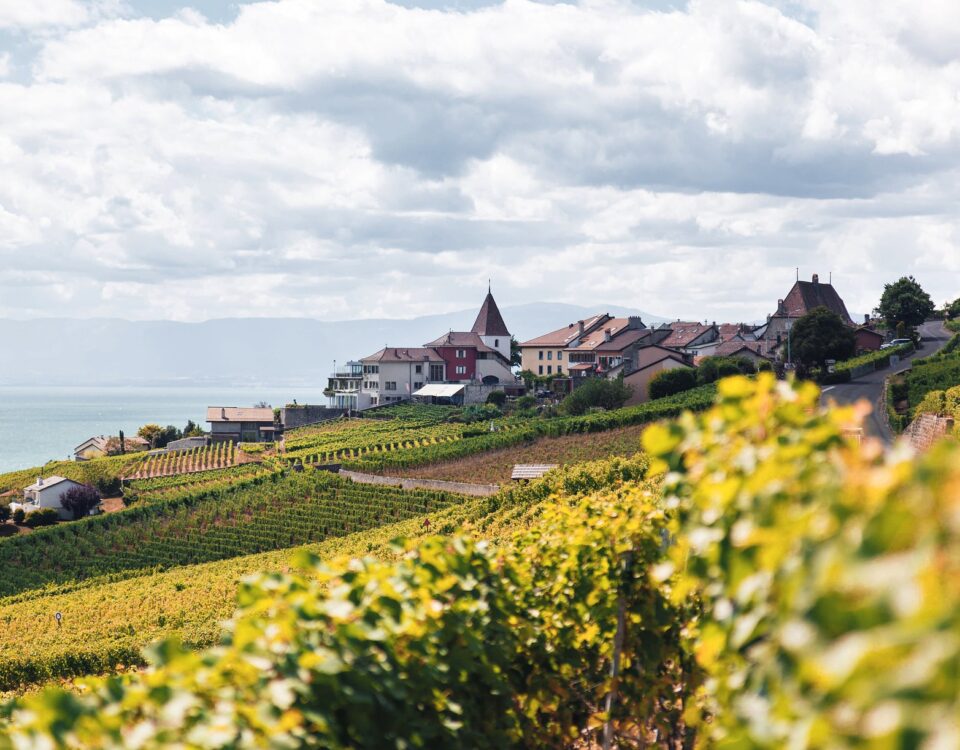
ANSES – E-Phy: Website evolution
6 October 2020
EUROPE: Implementation of a new release of IUCLID
29 October 2020Following the renewal of the approval of the active substance glyphosate, ANSES issued on 30 September 2020 decisions on 6 applications of renewal and 3 new applications for marketing authorisation for plant protection products. Three renewal applications and one new application for authorisation were refused due to a potential risk of adverse effects on human health due to the possible formation of the relevant impurity N-nitrosoglyphosate during the storage of the product.
In parallel, ANSES has also published on 09 October 2020 the results of its comparative assessment carried out under Article 50.2 of the European Regulation (EC) 1107/2009. Thus, the practical or economic drawbacks of currently available non-chemical alternatives have been identified for the 4 main areas of agricultural uses: fruit trees, viticulture, arable crops and forestry. ANSES based the assessment on different sources of information among them three reports issued by INRAE (INRAE’s report on fruit trees, INRAE’s report on viticulture and INRAE’s report on arable crops) and data provided by ONF (“Office National des Forêts” / National Forestry Office) and CNPF (“Centre National de la Propriété Forestière” / National Center for forest ownership).
The conclusions are the following:
| Uses | Fruit trees | Viticulture | Arable crops (cereals, oilseeds, peas…) | Forestry |
| Possible alternatives = Ban on using glyphosate | Between the rows:
– Mechanical weeding – Grassed areas |
Between the rows:
– Mechanical weeding – Grassed areas |
When the plot has been ploughed between two crops | Alternative non-chemical methods for killing tree stumps |
| Substitution not possible = Authorised use of glyphosate | Mechanical weeding not possible:
– Mechanical harvesting of fruits on the ground – Bushy crops Unavailability in the short term of agricultural machinery for weeding under the row |
Mechanical weeding not possible: steeply sloping or terraced vineyards, stony ground, rootstock nurseries
Unavailability in the short term of agricultural machinery for weeding under the row |
In situations of regulated mandatory control | – Forest maintenance during the stand establishment period
– Forest nurseries and seed orchards |
| Restriction of rates | Maximum 900 g of glyphosate per year and per hectare and application limited to 40% of the plot area = 60% reduction of the maximum rate currently authorised | Maximum 450 g of glyphosate per year and per hectare and application limited to 20% of the plot area = 80% reduction of the maximum rate currently authorised | Maximum 1080 g of glyphosate per year and per hectare = 60% reduction of the maximum rate currently authorised | / |
As for the non-crop uses of glyphosate, they cannot be fully substituted by non-chemical alternatives. Reducing the use of glyphosate in these different situations cannot therefore be addressed by a restriction laid down in the marketing authorisations, but needs to be considered as part of a change in weed-control practices.
These restrictions will now be taken into account and will apply to each product placed on the market and within 6 months for products which were renewed.
To download:
Comparative assessment report – Products containing glyphosate – Examination of alternatives in viticulture (in French)
Comparative assessment report – Products containing glyphosate – Examination of alternatives in arable crops (in French)
Comparative assessment report – Products containing glyphosate – Examination of alternatives in forestry (in French)
See also our previous articles:
FRANCE – ANSES: Withdrawal of 36 glyphosate-based products
FRANCE: Glyphosate phase-out plan issued
Lynxee consulting’s team is at your disposal to answer your questions.
Contact us! https://lynxee.consulting/en/contact/


